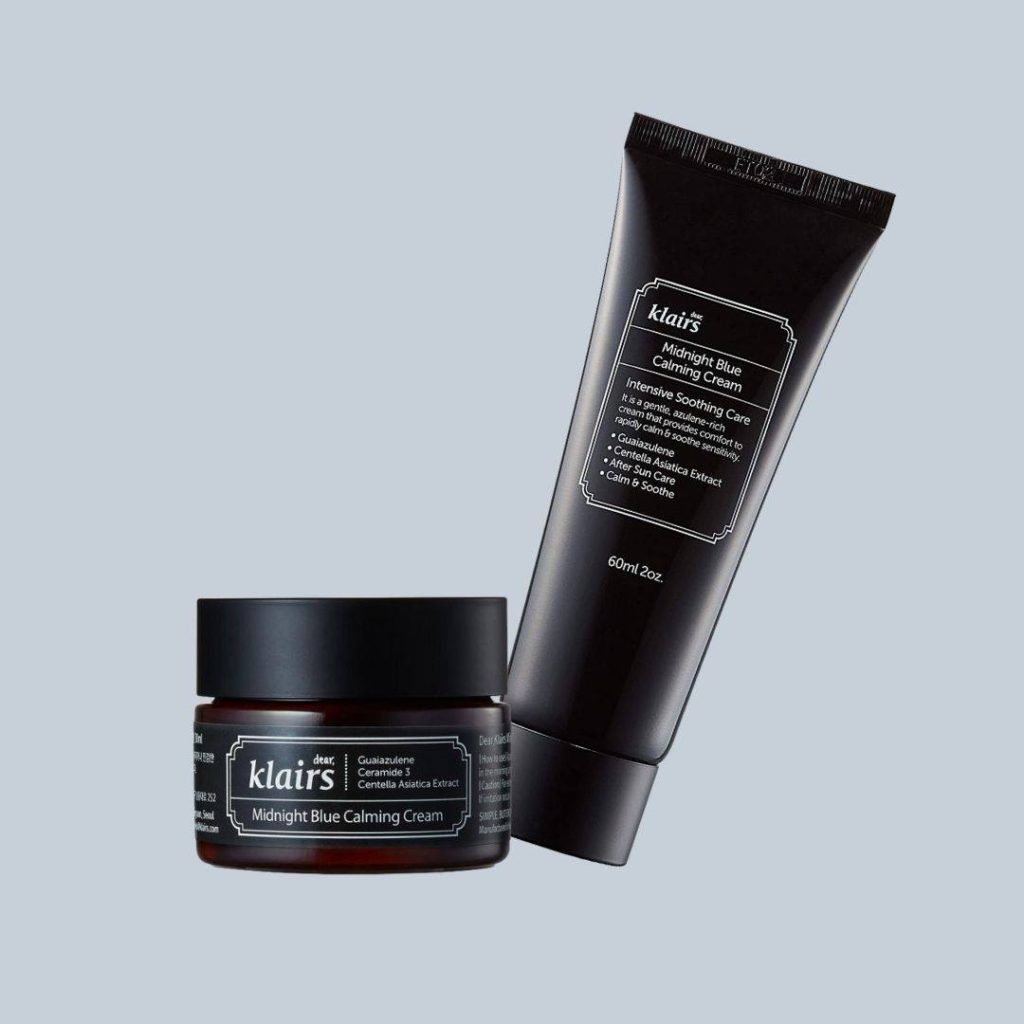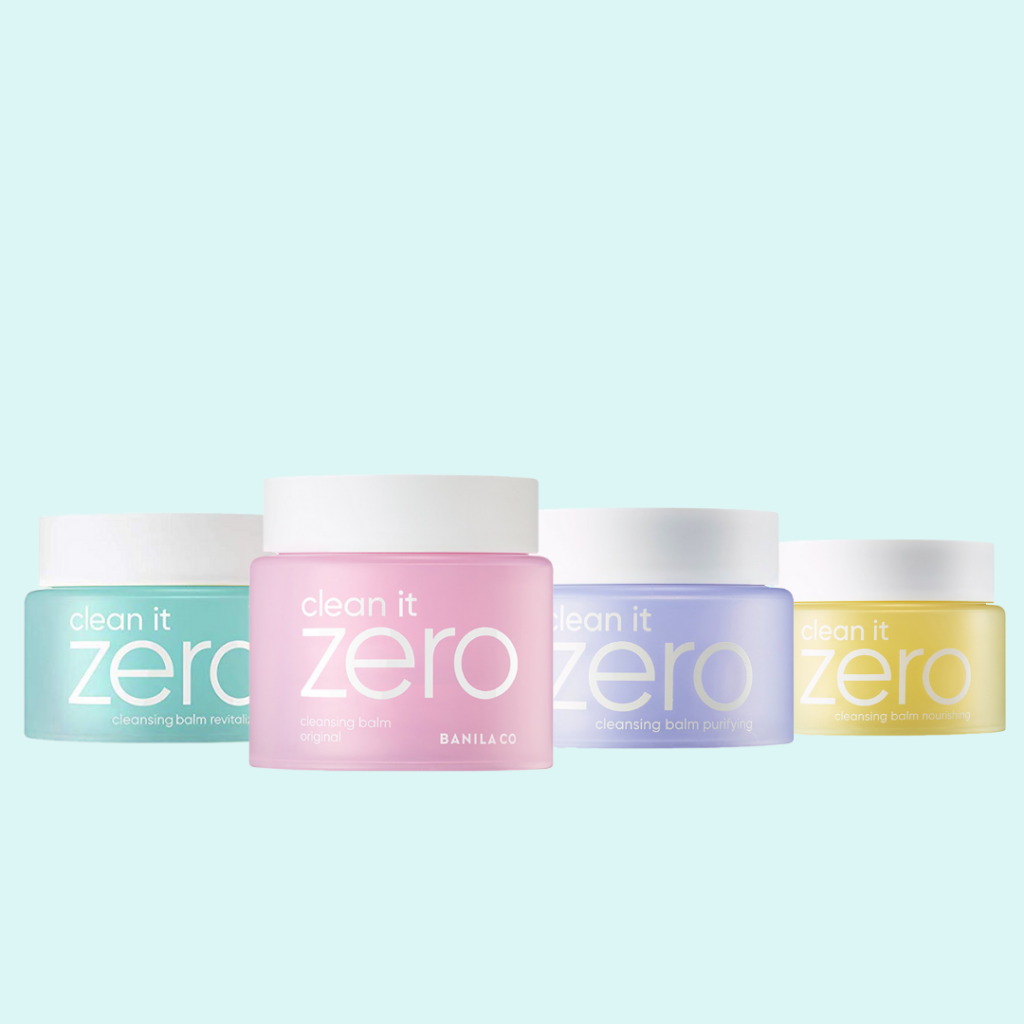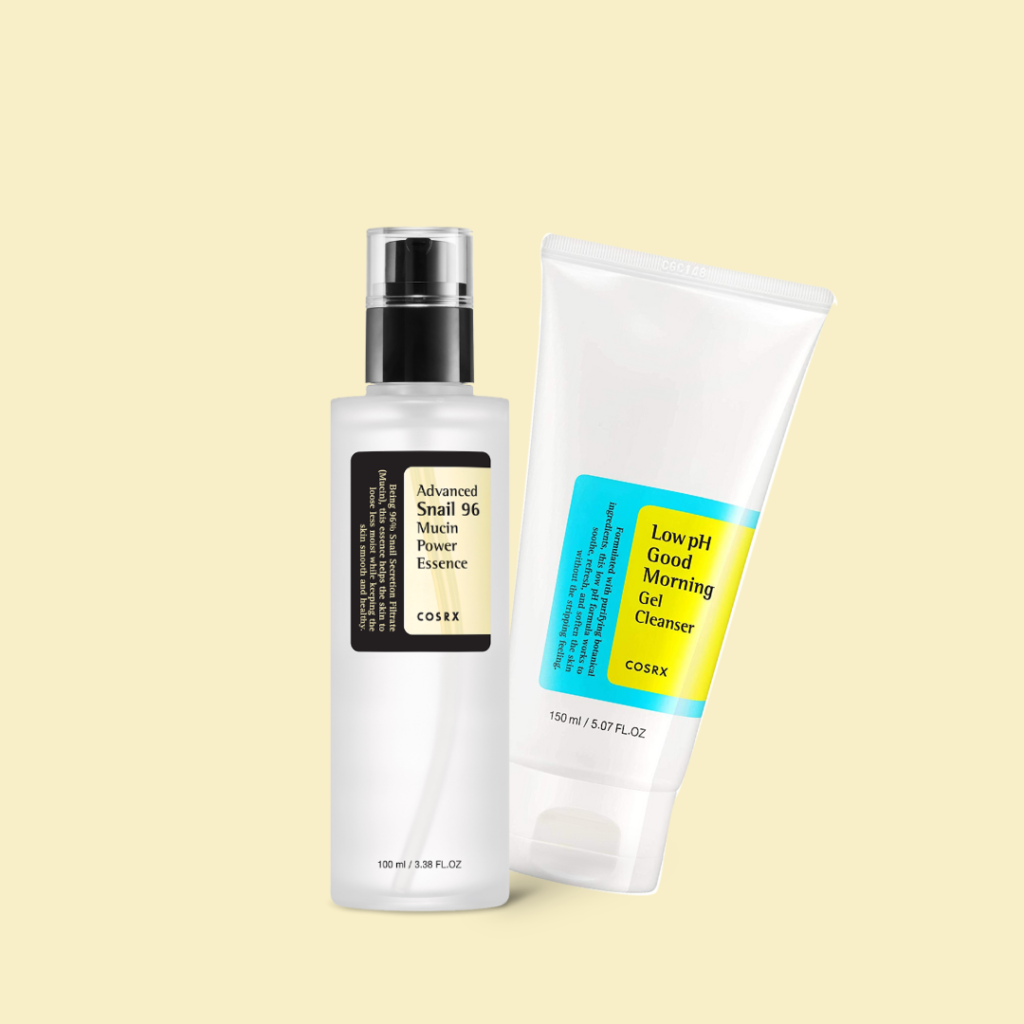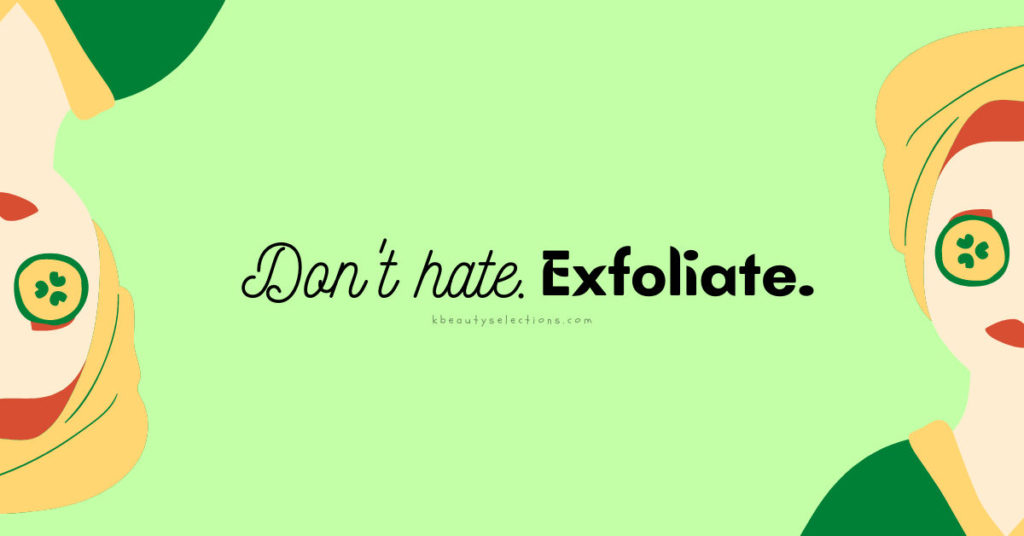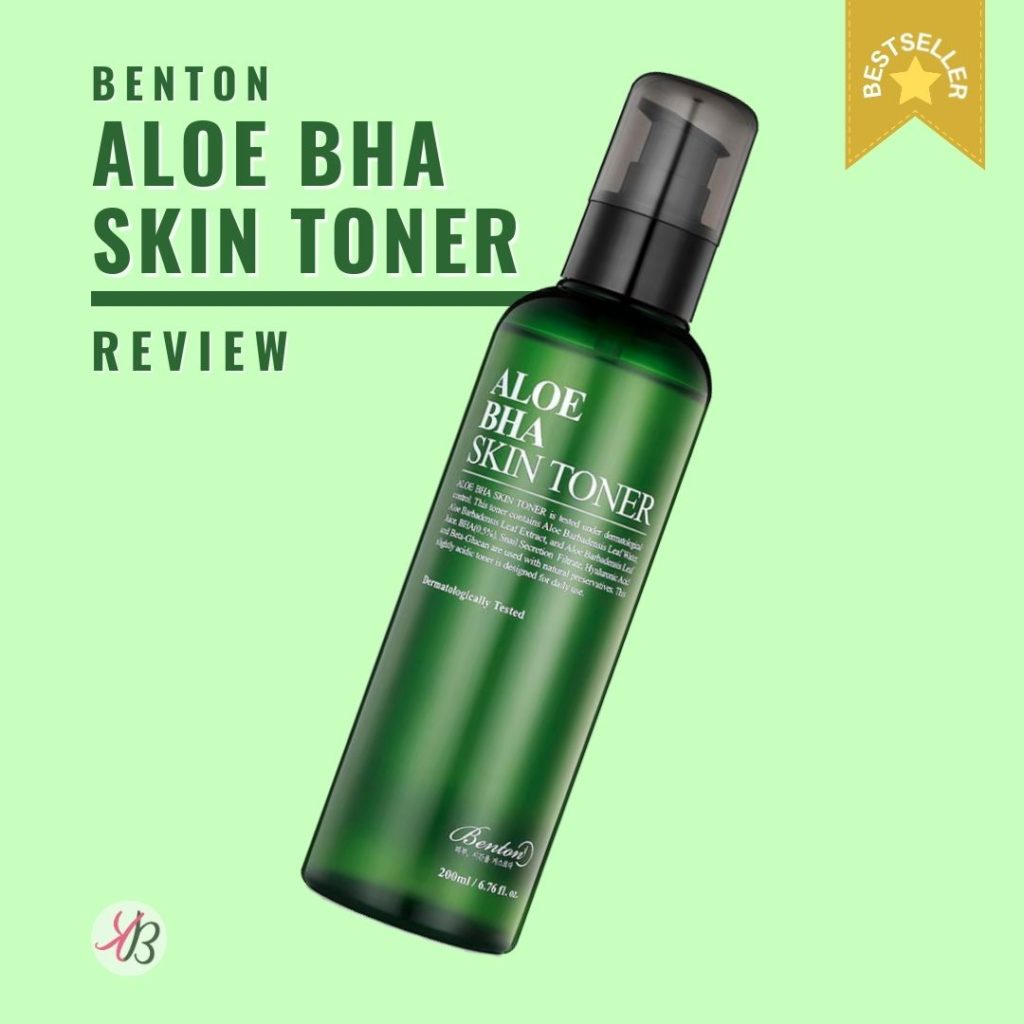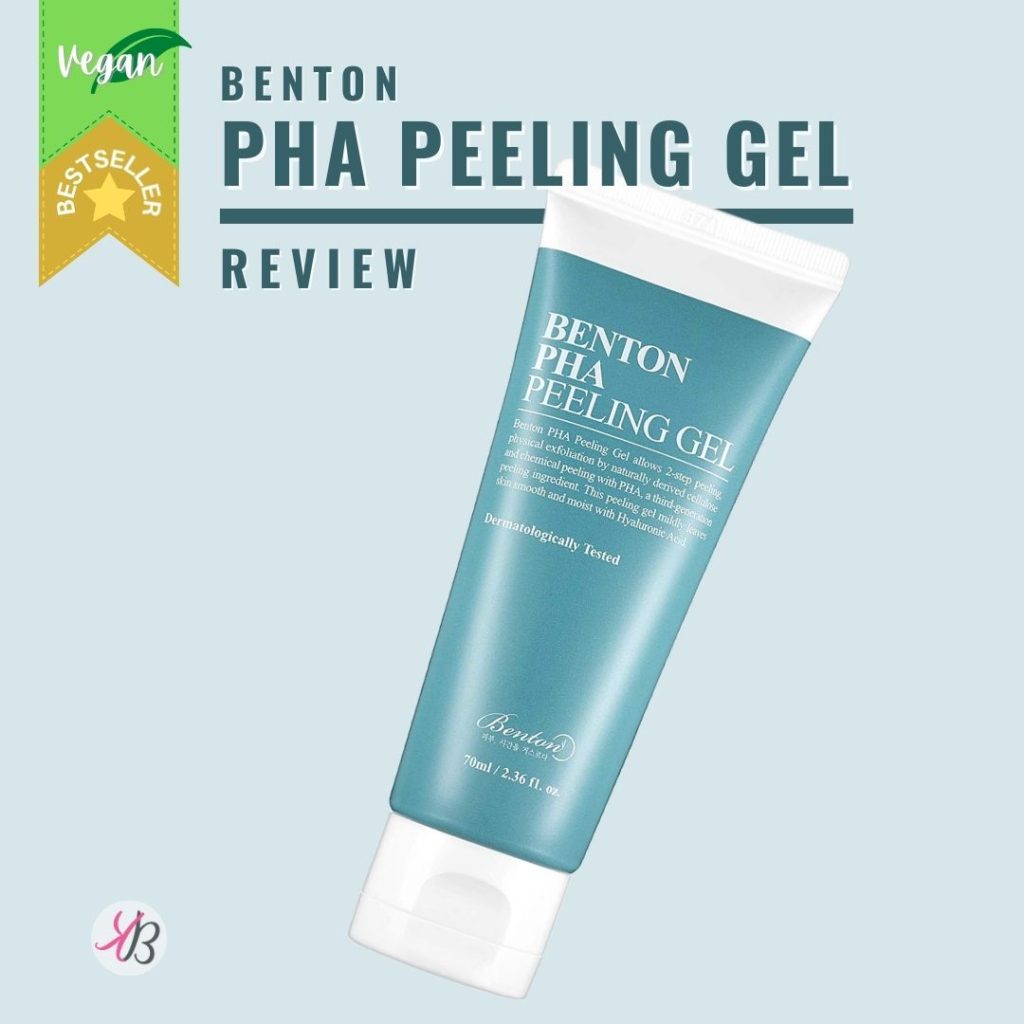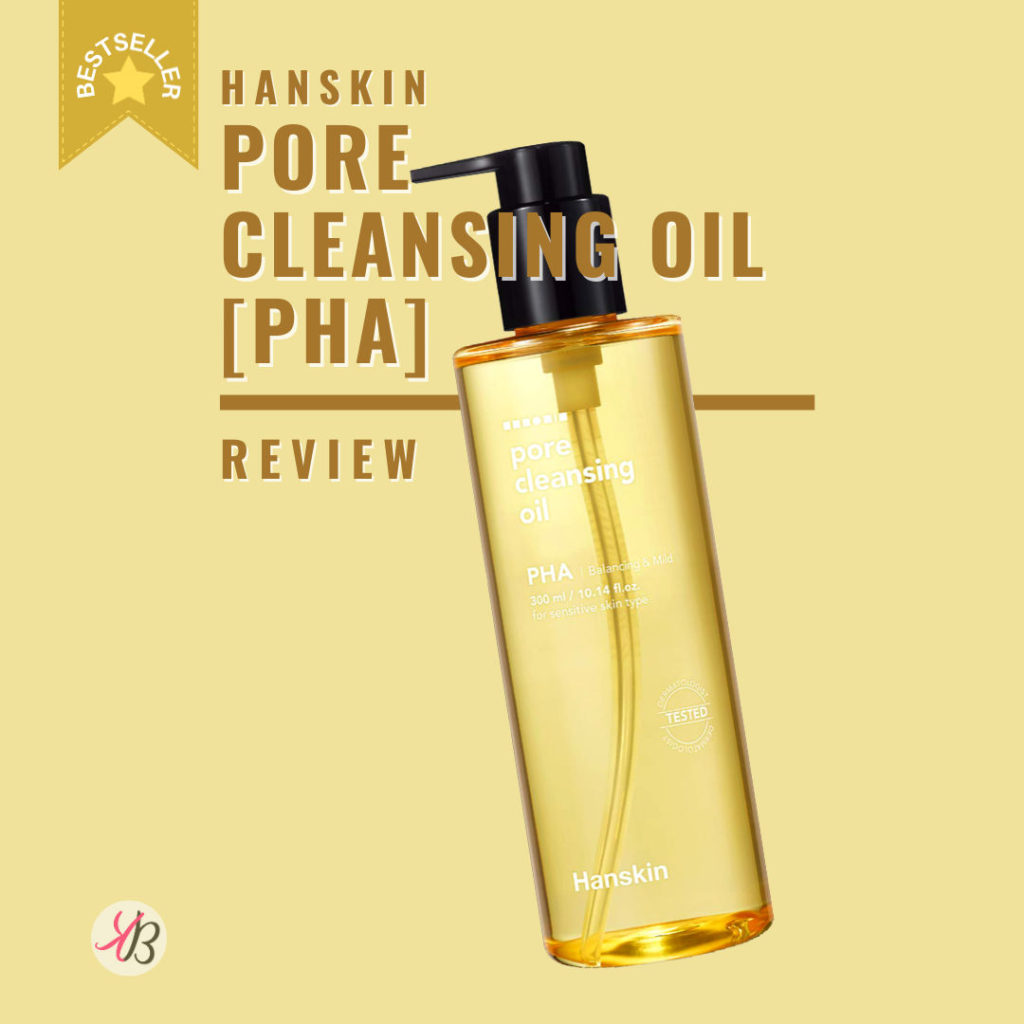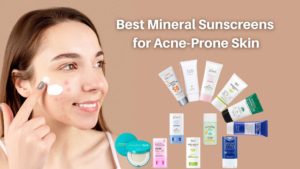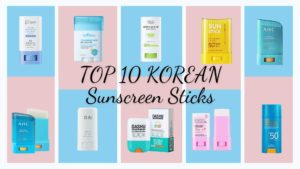Washing your face regularly sometimes is not enough to keep your skin soft, smooth, and clean. Sebum can clog your pores, and acne will come and go. There can be dry patches here and there. Pimple marks and scars do not seem to fade away. So, how can you get your fresh looking, smooth skin back? Exfoliate. Either you do some rubbing or use acids. It’s really up to you. But, in this article, let us try to understand AHA, BHA, and PHA in skincare.
Table of Contents
First things first, let me brief you with some basic definitions.
What is exfoliation?
Exfoliation is the process of removing dead skin cells on the surface of your skin. This process also helps in improving blood flow and brightening the skin. There are two types of exfoliators: physical and chemical.
Physical vs. Chemical Exfoliators
Physical exfoliation involves applying force using scrubs or rough grains on your skin to remove dead skin. While this method is pretty straightforward, it sometimes does not produce even results. In short, you may miss certain parts or over scrub another. The rubbing itself takes a bit of work and, at times, a bit painful for others.
Meanwhile, chemical exfoliation requires you to use chemical substances to melt away those dead skin cells sans the rubbing. Examples of chemical exfoliators are acids such as AHA, BHA, and PHA. You might be surprised that you are probably using products with these acids already. AHA, BHA, and PHA are frequently used in different skincare products.
So, are you getting confused with the AB-H-whatchamacallit? They might sound a bit tricky and rather scary, them being acids and all. But, once you’ve learned more about these, you’ll figure that they are not that scary at all. So, read on to learn more!
What is AHA or Alpha Hydroxy Acid, and how does it work?
AHA or Alpha Hydroxy Acid is the strongest type of acid used in skincare products suitable for mature skin. It is a chemical exfoliant that melts dead skin cells, revealing a fresh layer of skin. Recent studies show that AHAs work by making cells self-destruct through apoptosis (a type of cell death). Morbid, I know. If you’d like to know more about apoptosis and you’re into science like I am, you can access the study here.
AHAs are water-soluble and work to remove the top layer of your skin. This acid has tiny molecules that can go deep into the skin. It causes skin wounding. Hence, it may cause irritation, swelling, burning, or that tingling sensation when applied. It also makes your skin more sensitive to sunlight.
What skin types are AHAs suited for?
AHAs are best for dry, rough, mature skin because it helps remove fine lines, wrinkles, uneven skin texture, pigmentation, and scars. Mature skin regenerates slower than younger skin. Thus, it needs a little push in terms of peeling off old skin layers. AHAs will effectively melt away those dead skin cells, lock in moisture, and leave smooth skin upon regular use.
Can those with sensitive skin use AHAs?
So, you have sensitive skin but would like to try AHA chemical exfoliators? You might want to look for alternative skincare acids. Or, if you really want to give it a shot, do so with caution. While there are AHAs that you can use if you have sensitive skin, there is a lot to consider before trying one. Examples are percentage in a product, compatibility with other products that you are using, frequency of use, etc.
Those with sensitive skin can try PHAs instead, which I’ll be discussing in a little while. Or better yet, consult a dermatologist or skincare professional before adding one to your skincare routine.
What are examples of AHAs?
AHAs are natural acids found in food such as fruits, sugar, milk, etc. Two of the most popular examples of these are glycolic acid and lactic acid. Other examples of acids under the AHA family are citric acid, tartaric acid, malic acid, and mandelic acid.
What are the differences between glycolic acid and lactic acid?
While both glycolic acid and lactic acid are under the AHA family, the skincare world uses these two differently.
Glycolic acid is the most powerful acid in the AHA family that is derived from sugarcane. Being the strongest in the family, it is also the one that causes the most irritation. Hence, you should gradually introduce it into your skincare routine to avoid adverse effects.
Here are the key characteristics of glycolic acid:
- Used for lightening or whitening treatments
- Also used as an anti-aging ingredient
- Has a very high penetrating capacity
- Makes skin sensitive to light
Meanwhile, lactic acid is the second most common AHA. And, judging from its name, you might have correctly guessed that it is derived from milk. Lactic acid is slightly less harsh than glycolic acid. But, it is powerful in its own right. Well, it is not part of the AHA family for nothing.
Here are the key characteristics of lactic acid:
- Has anti-aging properties
- Prevents skin dryness and is popular in moisturizing skincare
- Evens out skin tone without a whitening or lightening effect
- Does not increase skin’s sensitivity (those with sensitive skin can use it)
Choosing between these two or any other AHAs all depends on what your ultimate purpose is. Let’s say you need to exfoliate, even out your skin tone, at the same time, lighten your skin? You can opt to use AHA products using glycolic acid. Or maybe you only want to exfoliate and fade away dark spots without the lightening effect? You can use those exfoliants with lactic acid. So, it is better to identify your skin concern and goal before trying out any product.
What is BHA or Beta Hydroxy Acid, and how does it work?
BHA or Beta Hydroxy Acid is a non-wounding, oil-soluble chemical exfoliant. It effectively exfoliates with less irritation than AHAs. BHA eliminates excess oil and penetrates pores to remove clogs and dissolve sebum. Generally, it melts dead skin without stripping its natural oils.
BHAs have antibacterial properties that help keep acne at bay. It also has anti-inflammatory properties that help calm irritation.
What skin types are BHAs suited for?
People with oily and troubled skin, such as those with acne, blackheads, and milia (white bumps), will greatly benefit from BHAs. It has small molecules but a little larger than AHAs. BHAs seep into the skin, melt sebum, unclog pores, and decrease oil production. Logically, clear pores will result in having smaller pores and a smoother appearance of the skin.
Because of their anti-inflammatory properties, BHAs are gentle enough for those with sensitive skin.
What are examples of BHAs?
Among the examples of BHAs used in skincare are salicylic acid and betaine salicylate.
Salicylic acid is the most popular and common BHA out there. It is derived from the willow bark skin. You will usually see it listed as an ingredient in acne treatment products. Using high concentrations, people widely use salicylic acid in removing warts and calluses.
Experts classified salicylic acid as the strongest BHA. Being part of the BHA acid family, it is less harsh than AHAs. Compared to glycolic acid, salicylic acid does not increase skin sensitivity to UV-light.
Another BHA is the betaine salicylate that is derived from sugar beets. It is a gentler alternative to salicylic acid. But, it is equally effective as the latter when formulated with a higher percentage.
What is PHA or Polyhydroxy Acid, and how does it work?
PHA or polyhydroxy acid is the 3rd generation of chemical exfoliants (AHA being the 1st and BHA the 2nd). It is the mildest of the three acids.
PHAs have recently been a hype in the skincare industry. It is all because of their gentle approach to exfoliation and its surprising benefits. PHA exfoliates effectively, hydrates skin, and delivers anti-aging benefits.
How do you compare PHA to AHA and BHA?
PHAs are also water-soluble like AHAs. It has larger molecules, so it does not penetrate deeply as AHAs and BHAs do.
PHAs have similar effects as AHA but works more slowly and only on the surface. They also work effectively in exfoliating the skin. PHAs also have notable moisturizing capabilities like AHAs. The main difference between the two acids is that PHA does not increase skin’s sensitivity to sunlight.
Among the other benefits of PHAs is their anti-aging effect. And a scientific study shows that PHAs have enhanced anti-aging benefits compared to AHAs. These acids help repair the epidermis and encourage regeneration.
What skin types are PHAs suited for?
PHAs are safe to use for all skin types. These are gentler acids than AHAs and BHAs. So, skin experts highly recommend PHAs to those with sensitive skin. It is also suitable for people with rosacea or eczema. PHA is advisable for those with sun-damaged skin because it deeply hydrates and moisturizes. Also because it does not make skin sensitive to light.
Those with dry and combination skin who prefer a gentler approach to exfoliation can use PHAs instead.
What are examples of PHAs?
The most common PHA acids are galactose, gluconolactone, and lactobionic.
Galactose is commonly used in dietary intake. However, it is found to have notable benefits in skincare. It has moisture-locking benefits and antioxidant properties that help keep the skin looking young and fresh.
Meanwhile, gluconolactone, like other PHAs, has the same exfoliation, hydration, and anti-aging benefits. A variety of skincare products usually use gluconolactone as a supporting ingredient.
Lactobionic acid, on the other hand, is formed from gluconic acid and galactose. It is a strong humectant (moisture-locking ingredient) and a potent antioxidant. Lactobionic best benefits those with very dehydrated, dry skin.
What else do you need to know when using AHA, BHA, or PHA?
Feeling a little more confident in trying out acids? Great! But before you jump into it, take note of the following do’s and don’ts when using chemical exfoliators:
- SUNSCREEN. Need I emphasize more? Always use SPF when using acids. AHA, BHA, and PHA will all cause peeling. Your skin will be vulnerable and definitely be needing added protection from sunlight and UV rays. Here are some Top Korean Sunscreens with Verified SPF Claims (2021) that you can choose from.
- Do not over-exfoliate. Two to three times a week should be enough. If you have sensitive skin, once or twice a week will do.
- Also, be careful when using acids around sensitive areas like the eyes and neck. These areas might react against strong acids.
Here is a summary of what we discussed. I wrote it down on a cheat sheet so you can pass it around. 😉
Now, you have learned the main differences and similarities between AHA, BHA, and PHA. Have you decided which acid will work best for you? Choosing acids is undeniably tricky at times. When in doubt, consult a dermatologist or skin expert about it.
We are constantly updating and adding products to our selections. So, be sure to visit our website for new curations, reviews, and skincare tips!
Here are some K-beauty products with AHA, BHA, and PHA that you can choose from (Disclaimer: We earn affiliate commissions [without added cost to you] when you buy through our website):

AHA | BHA | PHA
Some By Mi AHA-BHA-PHA 30Days Miracle Toner
Like this article? You might also like...
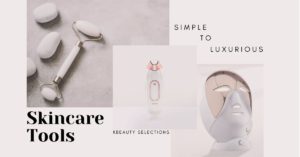
Top Korean Skincare Tools and Where to Find Them
Planning to upgrade your Korean skincare routine? Then, you would need the right tools to get you to your glass skin goals. There are a
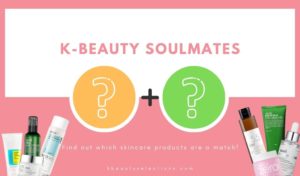
Four of the Best K-Beauty Skincare Product Pairs
The stars might have aligned for these K-beauty products as they spark skincare mana down on us. Most of the time, it takes a few
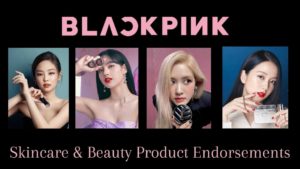
BlackPink’s Skincare And Beauty Product Endorsements
Having gained popularity worldwide, Blackpink is without a doubt one of the largest girl groups nowadays. But the group’s popularity isn’t just limited to their

